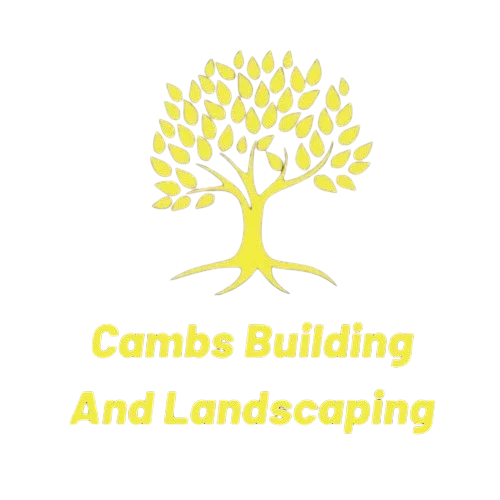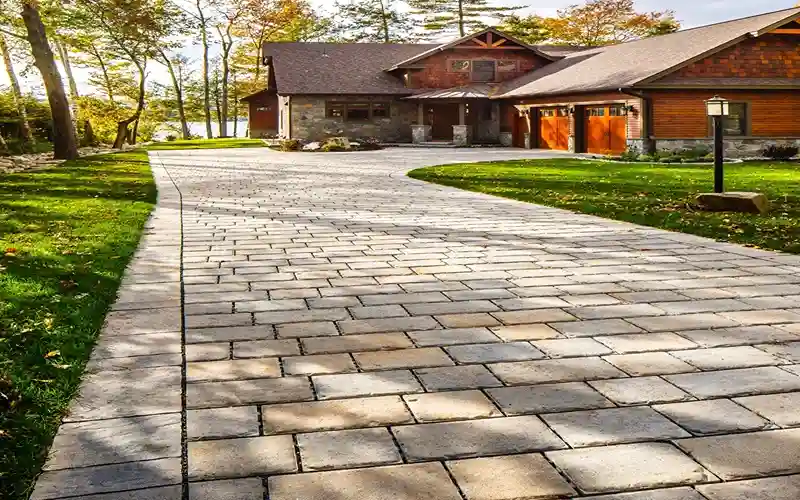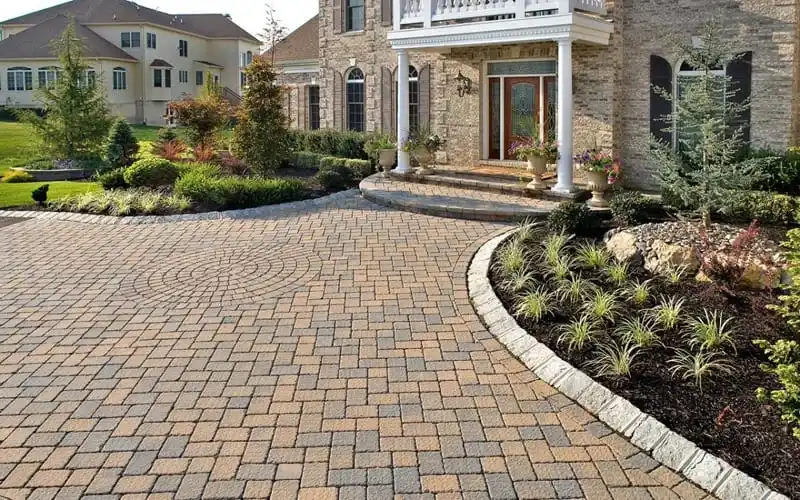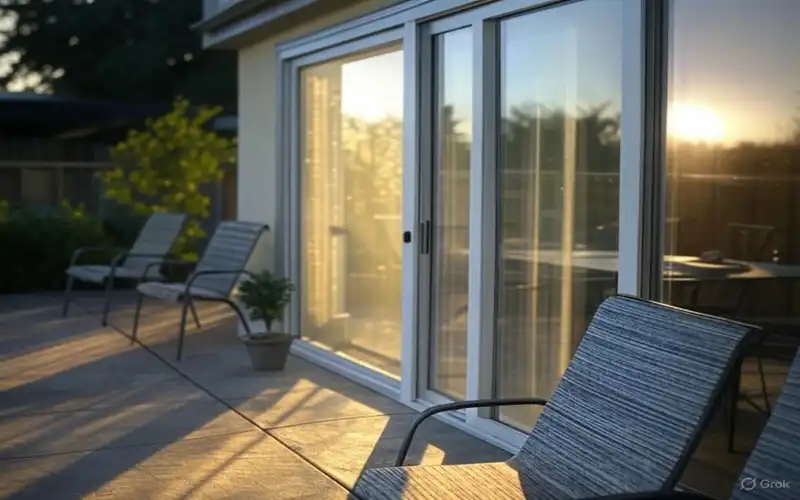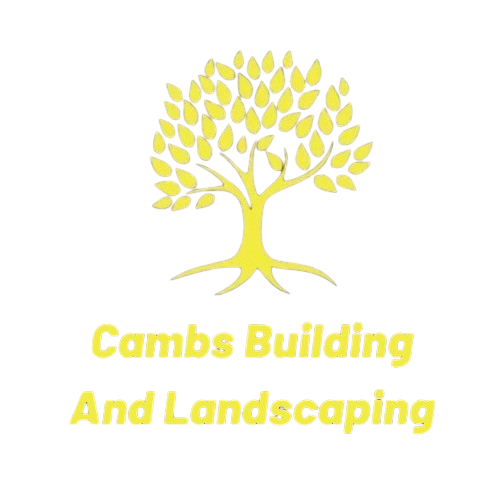Choosing the Best Block Paving Design for Your Driveway
A block paving driveway not only boosts the curb appeal of your property but also provides a durable and functional surface. However, with so many design options available, selecting the best block paving design for your driveway can be overwhelming. This guide will help you make the right choice by considering various factors such as aesthetic preferences, material types, patterns, and functionality.
1. Consider the Style of Your Home
The block paving design you choose should complement the architectural style of your home and its surroundings.
- Traditional Homes: For period or traditional homes, opt for more classic designs like herringbone or basketweave patterns using natural stone or clay bricks. These materials and patterns offer a timeless appeal that suits older homes.
- Modern Homes: For contemporary properties, clean lines and minimalist designs work best. Consider linear or stretcher bond patterns in sleek, uniform colors like greys, blacks, or whites to match the modern aesthetic.
2. Material Choices
Choosing the right material is crucial for achieving the desired look and durability for your driveway. Some popular block paving materials include:
a) Concrete Pavers
Concrete is a versatile and affordable material, available in a variety of shapes, sizes, and colors. It can mimic the look of natural stone while providing a durable and low-maintenance surface.
- Best For: Modern and budget-conscious homeowners.
- Design Options: Wide variety of colors, textures, and finishes.
- Pros: Affordable, customizable, durable.
- Cons: Can fade over time without proper maintenance.
b) Clay Pavers
Clay pavers offer a traditional, warm aesthetic with rich colors that don’t fade over time. These pavers are extremely durable and ideal for a long-lasting driveway.
- Best For: Classic, rustic, or traditional home designs.
- Design Options: Earthy tones like reds, browns, and terracottas.
- Pros: Colorfast, strong, and environmentally friendly.
- Cons: More expensive than concrete.
c) Natural Stone
Natural stone, such as sandstone, granite, or limestone, adds a luxurious feel to any driveway. Each stone is unique, creating a driveway with distinct character.
- Best For: High-end properties and eco-conscious homeowners.
- Design Options: Natural textures and a range of neutral shades.
- Pros: Elegant, highly durable, and natural aesthetic.
- Cons: Higher cost and requires professional installation.

3. Choosing the Right Pattern
The laying pattern of your block paving is crucial for both aesthetics and durability. Different patterns can create varying visual effects and enhance the overall look of your driveway.
a) Herringbone Pattern
The herringbone pattern is a popular and durable choice. Blocks are laid at a 45 or 90-degree angle, creating an interlocking structure that offers maximum strength.
- Best For: High-traffic driveways.
- Design Impact: A classic, structured look that enhances stability.
b) Basketweave Pattern
This pattern involves laying the blocks in pairs, creating a woven appearance. It’s ideal for traditional settings and adds texture to the driveway.
- Best For: Smaller driveways and period homes.
- Design Impact: A charming, vintage feel that suits rustic homes.
c) Stretcher Bond (Running Bond)
This simple, linear pattern is great for contemporary homes. The blocks are laid in straight lines, offering a clean and streamlined appearance.
- Best For: Modern and minimalist designs.
- Design Impact: Sleek and orderly, ideal for wide, open driveways.
d) Random Staggered Pattern
This pattern mixes different sizes and shapes of blocks, creating a more organic, random look. It works well for natural stone driveways and can make your driveway appear larger.
- Best For: Natural and rustic aesthetics.
- Design Impact: Informal yet sophisticated, adds a natural flow.
4. Color and Texture Considerations
The color of your block paving can dramatically affect the overall appearance of your driveway. When selecting colors, consider the existing features of your home, including the exterior walls, roof, and landscaping.
- Neutral Colors: Grays, blacks, and earthy tones create a sophisticated and timeless look that can blend seamlessly with various architectural styles.
- Contrasting Colors: Using contrasting colors for borders or patterns can help define your driveway and make it stand out. For example, a grey driveway with a red or black border can add visual interest.
- Textured vs. Smooth Finish: Textured pavers add grip and can prevent slipping in wet conditions, while smooth pavers offer a sleek, modern look.
5. Driveway Shape and Size
The size and shape of your driveway play an important role in choosing the right block paving design.
- Large Driveways: Larger driveways allow for more creative freedom. You can incorporate intricate patterns, contrasting borders, or a mix of materials to create a statement driveway.
- Small Driveways: For smaller driveways, simple patterns like stretcher bond or herringbone work best, as they won’t overwhelm the space. Opt for neutral colors to make the area appear larger and more open.
6. Functional Considerations
While aesthetics are important, functionality should also be a top priority when selecting a block paving design.
- Permeability: Consider using permeable paving if drainage is an issue. This type of paving allows water to filter through, reducing surface runoff and preventing flooding.
- Heavy Traffic: For driveways that handle heavier vehicles or high traffic, choose a stronger material like concrete or clay, and opt for patterns like herringbone for added stability.
7. Budget
Your budget will largely determine the type of material and design you can afford. While natural stone is more expensive, it offers unmatched beauty and longevity. Concrete pavers, on the other hand, are more affordable and provide a wide range of design options. It’s important to balance cost with the long-term value and durability of your chosen materials.

Conclusion
Choosing the best block paving design for your driveway requires careful consideration of factors such as your home’s style, material preferences, patterns, colors, and functionality. By selecting a design that complements your home and meets your practical needs, you can create a beautiful and durable driveway that enhances the overall value of your property. Whether you opt for modern minimalism, traditional charm, or natural elegance, the right block paving design will make a lasting impression.
